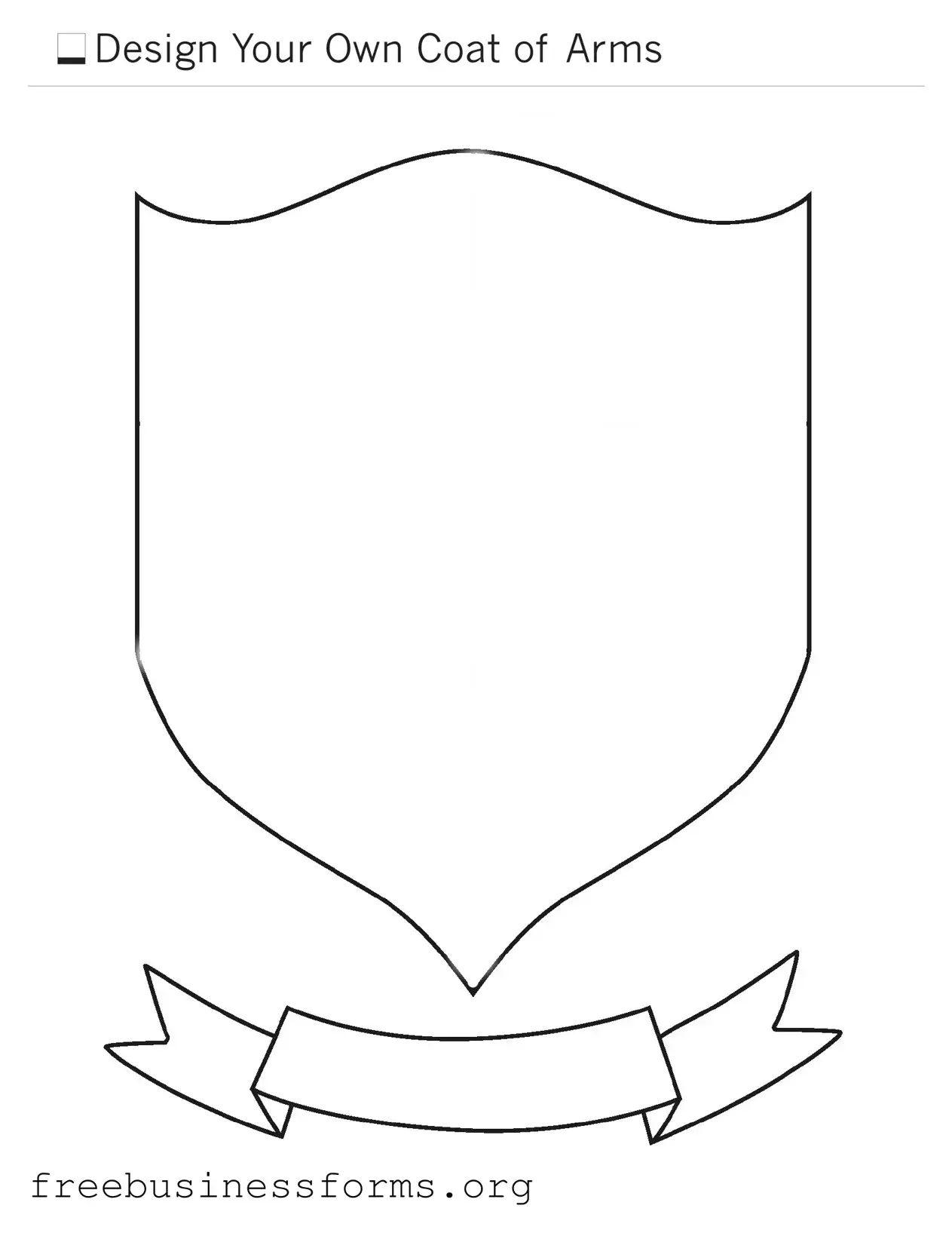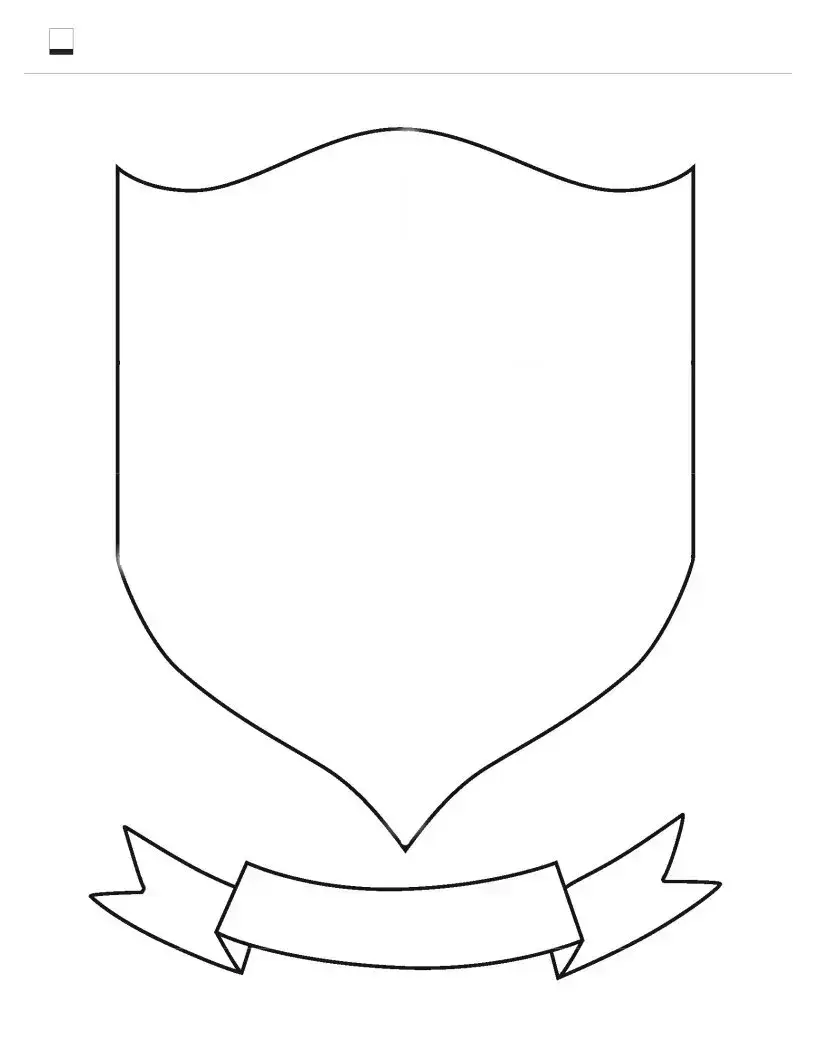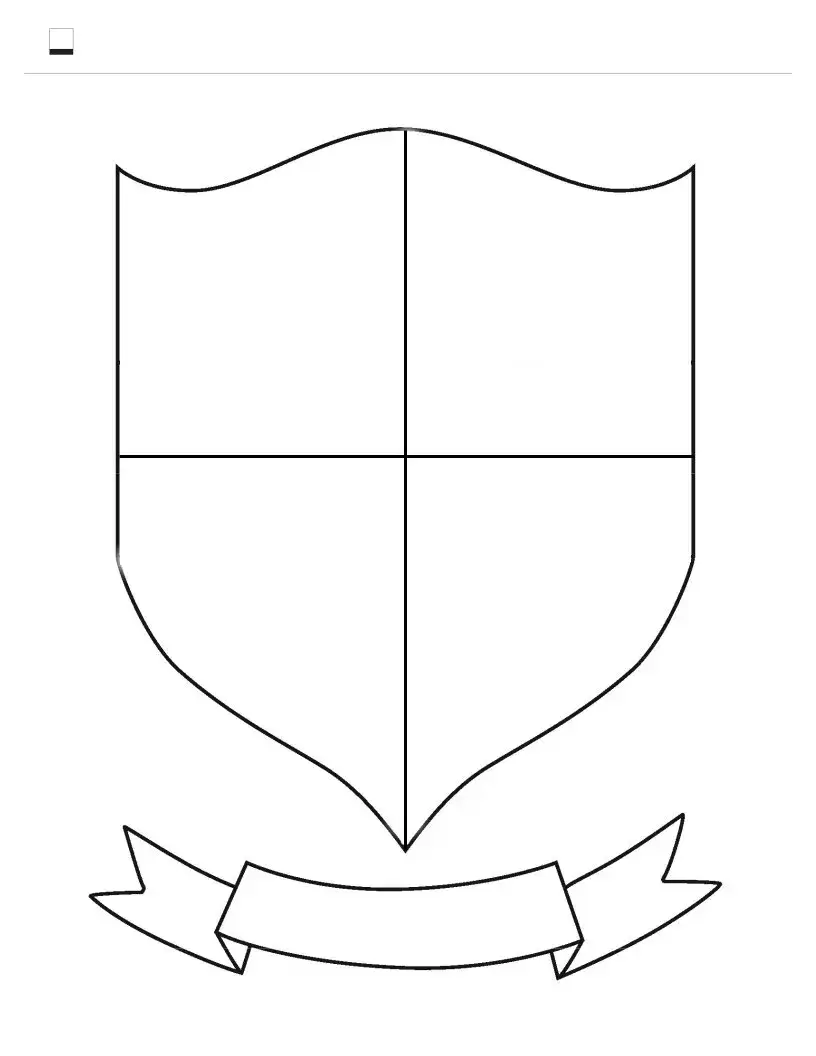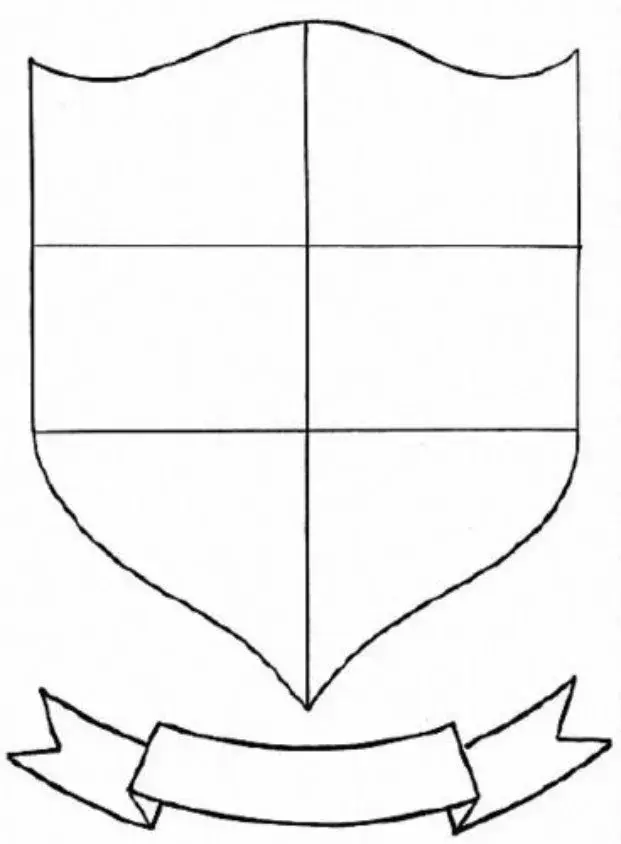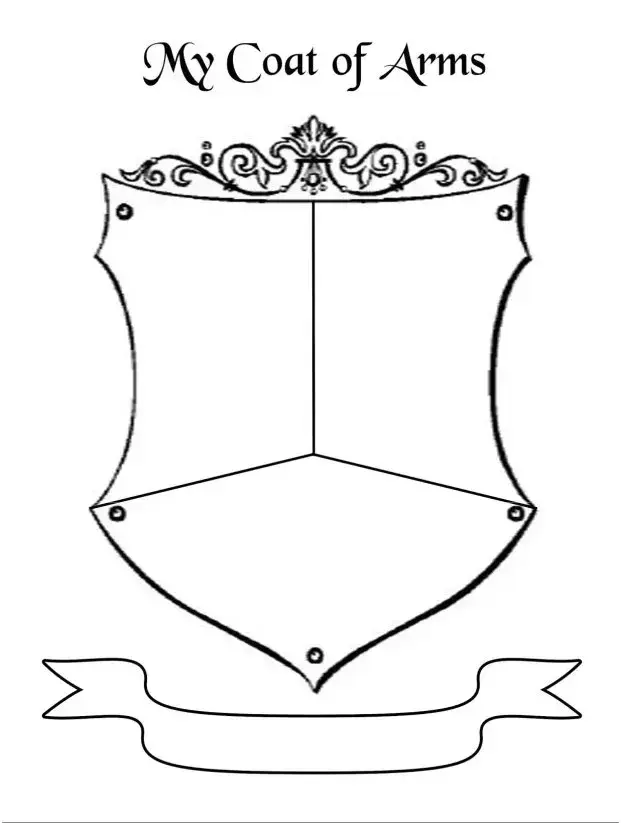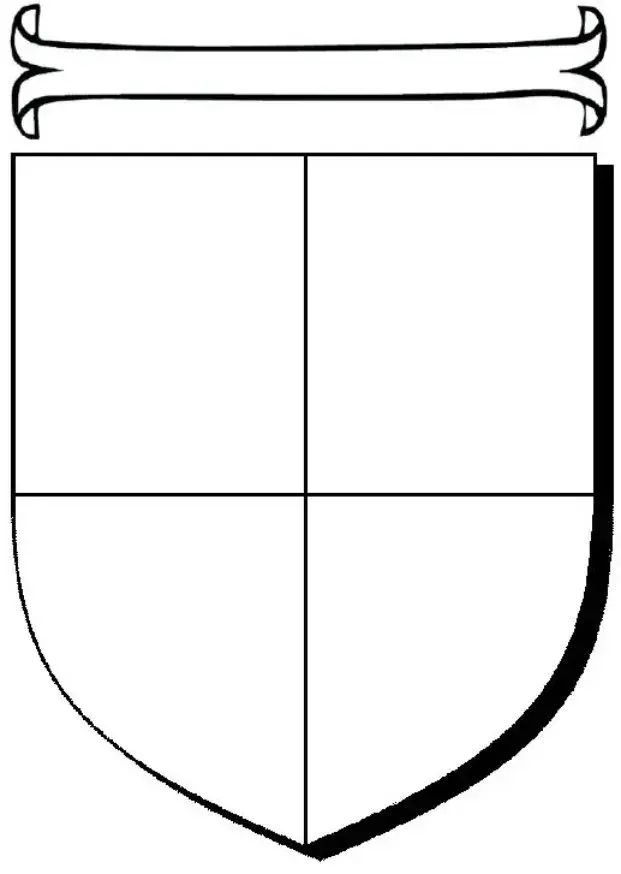The Coat of Arms form serves as an essential document for individuals or entities seeking to officially register or create a heraldic emblem that represents their identity, values, and heritage. This form typically requires detailed information about the applicant, including their name, contact information, and a description of the desired coat of arms. Additionally, applicants must provide a rationale for the symbols and colors chosen, as these elements carry specific meanings and historical significance. The process often involves a review by a heraldic authority, which evaluates the design for uniqueness and adherence to established heraldic principles. Furthermore, the form may include sections for the applicant to outline any historical connections to existing coats of arms, ensuring that the new design does not infringe upon existing heraldic rights. By completing the Coat of Arms form, individuals and organizations can create a lasting symbol that encapsulates their legacy and aspirations.
